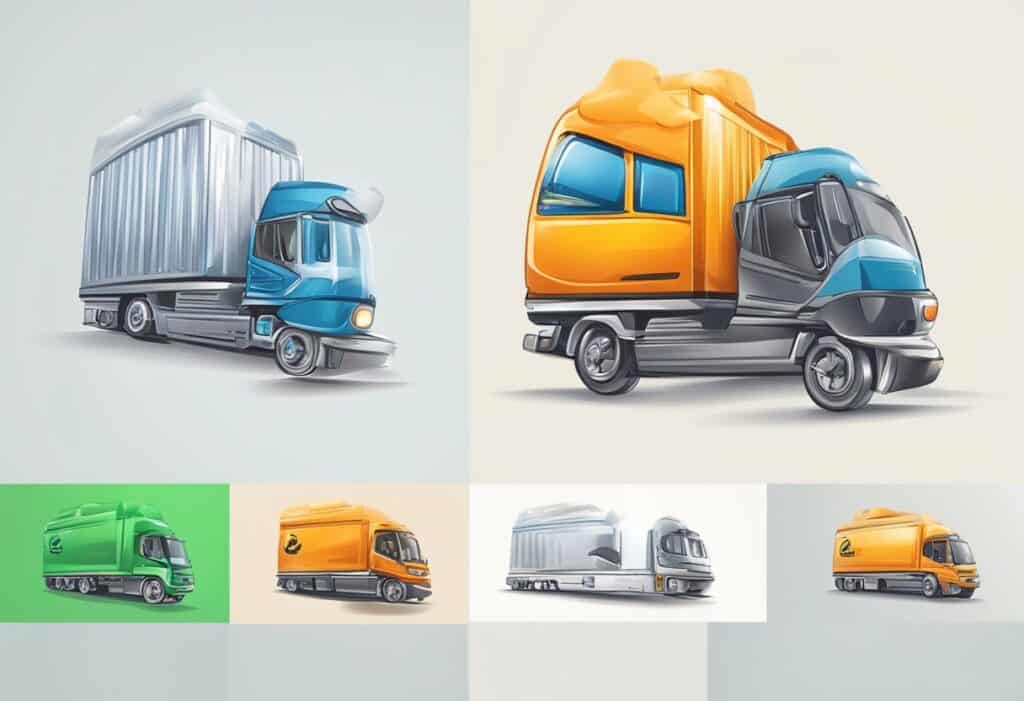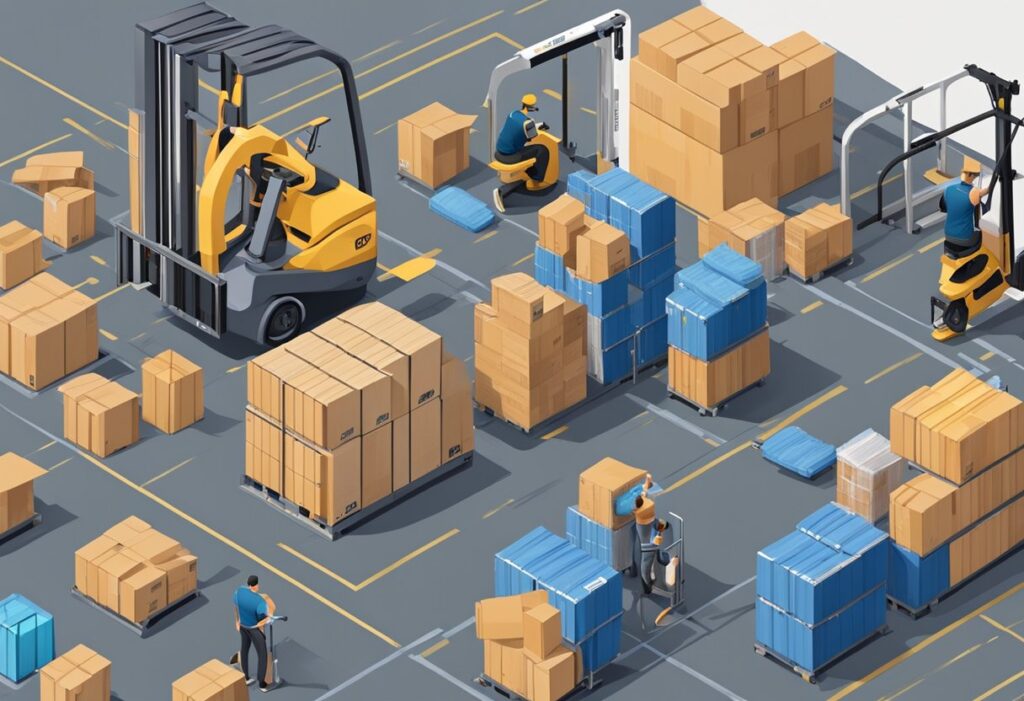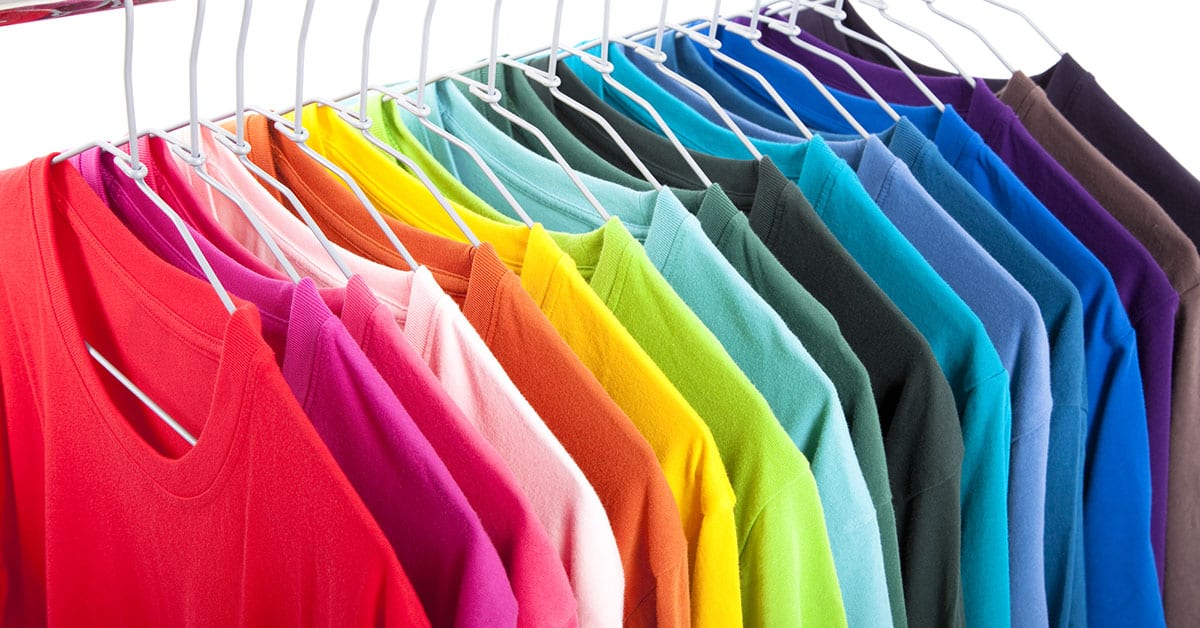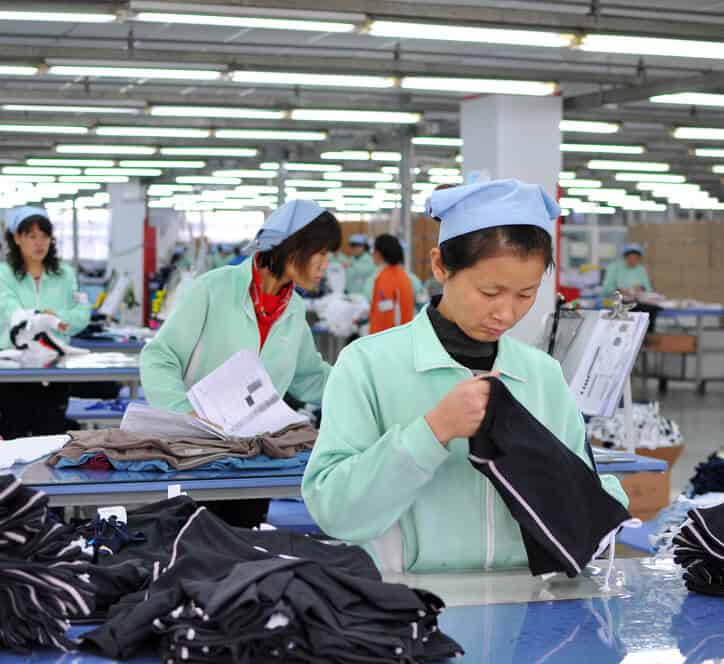February 10, 2025
The Top 11 Vietnam Clothing Manufacturers in 2025
Vietnam is a dominant force in the global apparel industry. It has seen remarkable growth, positioning it as the world’s
Read MoreFebruary 10, 2025
Vietnam is a dominant force in the global apparel industry. It has seen remarkable growth, positioning it as the world’s
Read More
November 5, 2023
European importers can take advantage of the Generalized System of Preferences (GSP+) scheme that the European Union (EU) has granted
Read More
November 5, 2023
Manufacturing costs can be a significant factor in determining the profitability of a business. Finding the cheapest manufacturers can be
Read More
October 20, 2021
Do you have any idea what is color fastness? Why in the industry of textile and fabric do we need
Read More
August 18, 2021
Whenever someone purchases or sells items with the state, both parties, the buyer and the seller, must get to know
Read More
March 13, 2021
China has proved itself to be the “jack of all trades” in the last few years and everyone all over
Read MoreSeptember 30, 2018
Boost research to double the yield of cotton Indian Cotton Federation India falls amongst the largest cotton and cotton yarn
Read MoreAugust 19, 2018
Introduction to Sourcing The businesses are crossing national borders and becoming the part of global markets. The business giants like
Read MoreAugust 19, 2018
China has the largest textile industry in the world with major shares in the global textile trade. The textile industry
Read MoreAugust 16, 2018
Introduction to Asia Textile Inspection Third Party Inspection Services (TPI) is the most common and trustworthy mode of quality inspection.
Read More